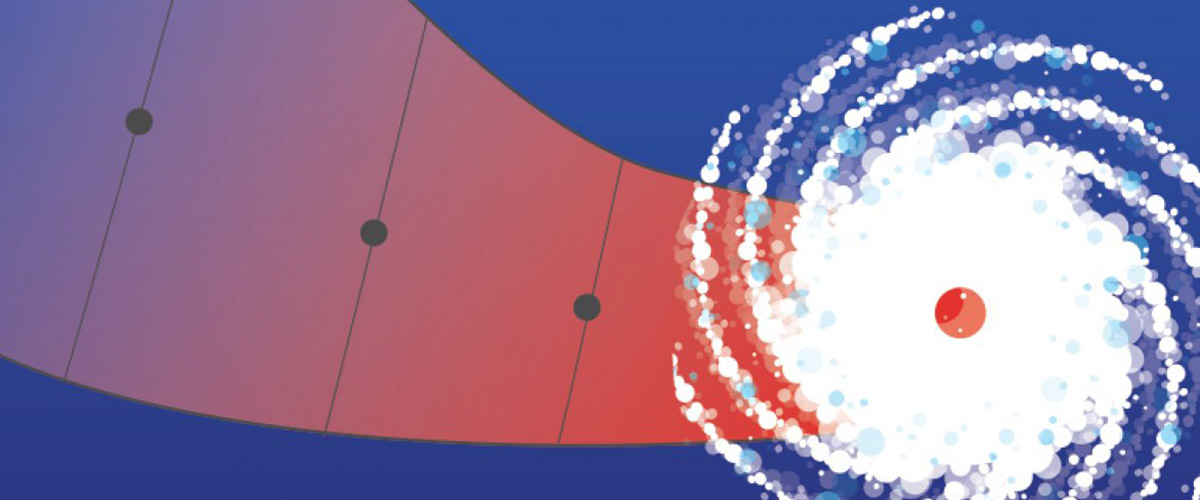The season of storms is upon us again. Across the East and Gulf coasts, residents are reviewing their preparedness plans and stockpiling supplies in case the cone of uncertainty covers their area.
And here at the National MagLab, we are too. After all, two of our sites are located in hurricane-prone Florida: Our headquarters at Florida State University in Tallahassee and our facilities at the University of Florida in Gainesville. (Our third location at Los Alamos National Lab in New Mexico is out of hurricane territory.) So our staff are updating emergency action plans, lists of key personnel and emergency contact information to save for a rainy day.
Luckily, the MagLab has experts ready to weather any storm.
Facilities Director John Kynoch said the whole lab prepares for hurricanes so we stay safe before, during and after the storms.
"It takes a wide range of people – the safety department, the scientific groups, facilities, communications," Kynoch said. "All these people work together to minimize the impact of a storm."
On our public tours over the past few years, we've had a deluge of questions related to what it's like to run the world's most powerful magnet lab in a region prone to hurricanes. Read on as we open the floodgates for answers.




